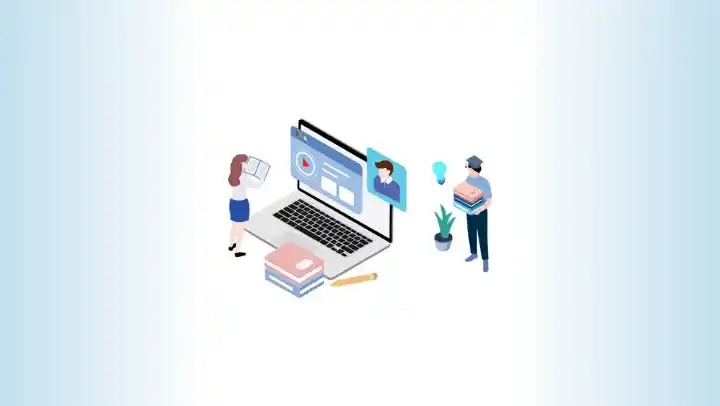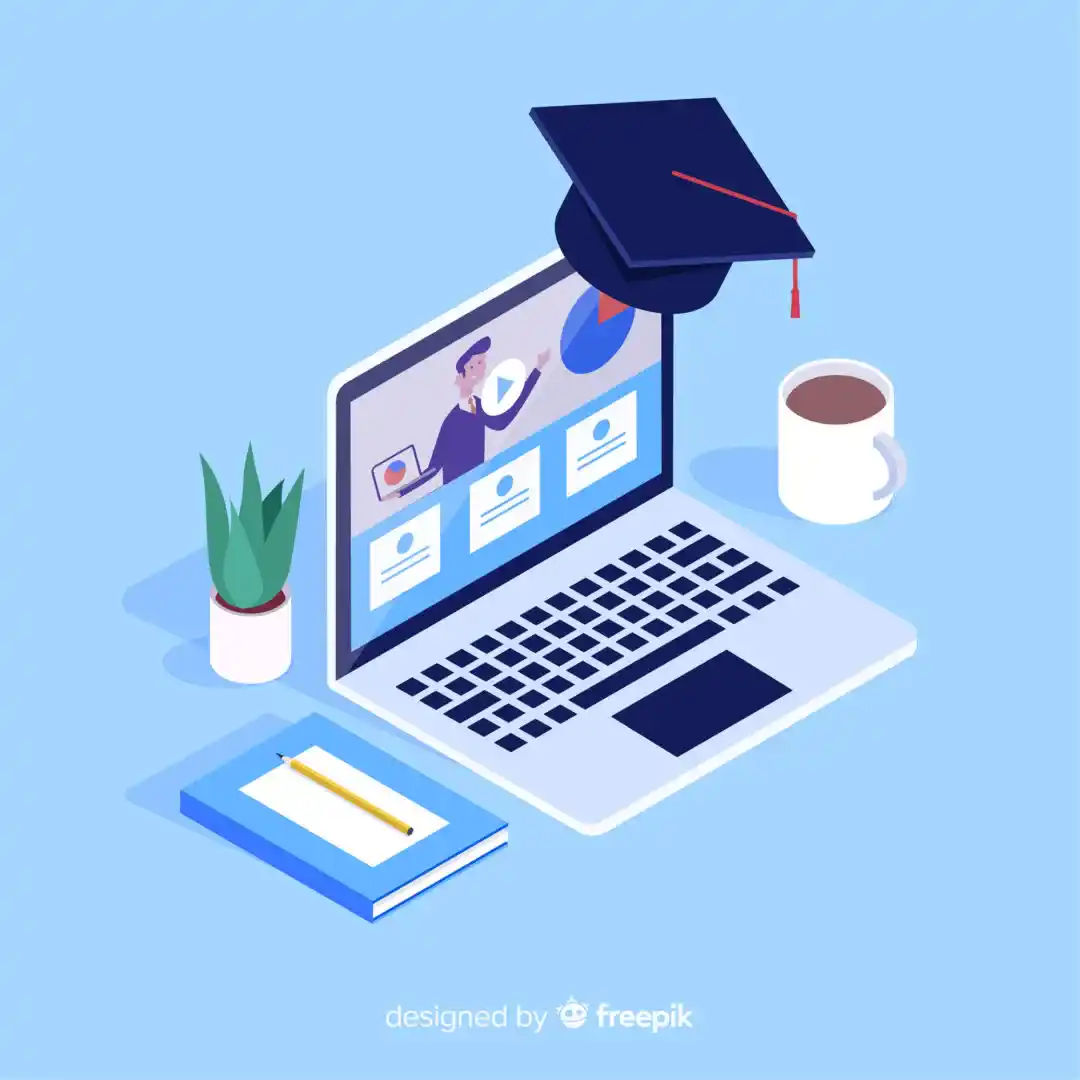Table of Contents
Educational technology, often referred to as “edtech,” is revolutionizing how we teach and learn. It uses digital tools and resources to enhance the learning experience, making it more interactive, personalized, and efficient. Whether it’s through online platforms, mobile apps, or smart devices, educational technology is opening up new possibilities for students, teachers, and institutions around the world.
What is Educational Technology?

Educational technology involves the use of digital tools, platforms, and resources to support teaching and learning. These can include:
- Learning Management Systems (LMS): Platforms like Google Classroom or Moodle allow teachers to create, manage, and deliver educational content online.
- Interactive Tools: Devices like smartboards, tablets, and virtual reality (VR) systems engage students with hands-on learning.
- Educational Software and Apps: Programs like Duolingo for language learning or Khan Academy for subject-based tutorials offer personalized learning experiences.
Educational technology is not just about using gadgets; it’s about integrating technology in a way that enhances the educational process. It offers learners flexibility, access to global resources, and the ability to learn at their own pace.
Ways Educational Technology Transforms Learning
Let’s dive into the ten powerful ways educational technology transforms learning:
1. Personalized Learning
One of the most significant benefits of educational technology is personalized learning. With edtech tools, lessons can be customized to fit each student’s pace, learning style, and abilities. For instance, adaptive learning platforms like DreamBox analyze a student’s performance and adjust the difficulty of the tasks accordingly, ensuring the learner stays challenged without feeling overwhelmed.
2. Improved Engagement
Technology engages students in ways that traditional methods often can’t. Interactive tools like videos, games, and virtual simulations make learning more fun and interesting. For example, a history lesson can be enhanced with a virtual reality tour of ancient civilizations, helping students visualize and understand the subject better.
3. Enhanced Collaboration
Educational technology fosters better collaboration between students and teachers. With tools like Google Docs, students can work together on projects in real-time, even if they are miles apart. Online discussion boards and collaborative platforms allow for peer interaction and group learning, encouraging teamwork and communication skills.
4. Access to Global Resources
Gone are the days when students were limited to their textbooks. With the internet and educational technology, learners can access a vast array of resources, including online libraries, databases, and research papers from around the world. Platforms like Coursera or edX offer courses from prestigious universities, allowing students to learn from experts anywhere.
5. More Efficient Assessment and Feedback

Technology makes it easier for teachers to assess student performance and provide timely feedback. Online quizzes, automated grading systems, and data analytics tools give teachers real-time insights into each student’s progress. This allows educators to identify areas where students might need extra help and adjust their teaching strategies accordingly.
6. Developing 21st Century Skills
Educational technology helps students develop essential 21st-century skills like critical thinking, problem-solving, and digital literacy.
For example, coding classes teach not just programming skills but also logical thinking and creativity. Using various edtech tools prepares students for future careers in an increasingly digital world.
7. Flexible Learning Opportunities
Educational technology provides flexibility in terms of when, where, and how learning takes place. Students can access course materials and complete assignments from home or on the go. This is especially useful for distance learners, working professionals, or those who need a more flexible learning schedule.
8. Inclusion for Students with Special Needs
Edtech plays a crucial role in making education more inclusive. Assistive technologies, like text-to-speech software, screen readers, and specialized learning apps, help students with disabilities learn more effectively. These tools cater to individual needs and ensure that every student has the opportunity to succeed.
9. Real-world learning with Simulation Tools
Educational technology brings real-world experiences into the classroom. Simulation tools, such as flight simulators for aviation students or medical simulators for healthcare training, allow learners to practice and hone their skills in a risk-free environment. This practical approach deepens comprehension and strengthens memory.

10. Sustainable and Cost-Effective
Finally, educational technology is helping reduce costs and improve sustainability in education. Digital textbooks and online resources cut down on printing and paper usage, making learning more environmentally friendly.
Additionally, schools save on costs associated with traditional teaching materials, while students and parents benefit from more affordable access to learning content.
Conclusion
Educational technology is transforming the learning landscape in remarkable ways. It enhances personalized learning, boosts engagement, and opens up new opportunities for collaboration and access to global resources. From real-time assessments to inclusive learning tools, edtech is preparing students for the challenges of the modern world, all while making learning more flexible and cost-effective.
The future of education lies in integrating technology in meaningful and creative ways. As we continue to innovate, educational technology will keep expanding the boundaries of what’s possible in the classroom and beyond. Whether you’re a student, teacher, or parent, embracing these tools can lead to a more enriching, efficient, and enjoyable learning experience.





